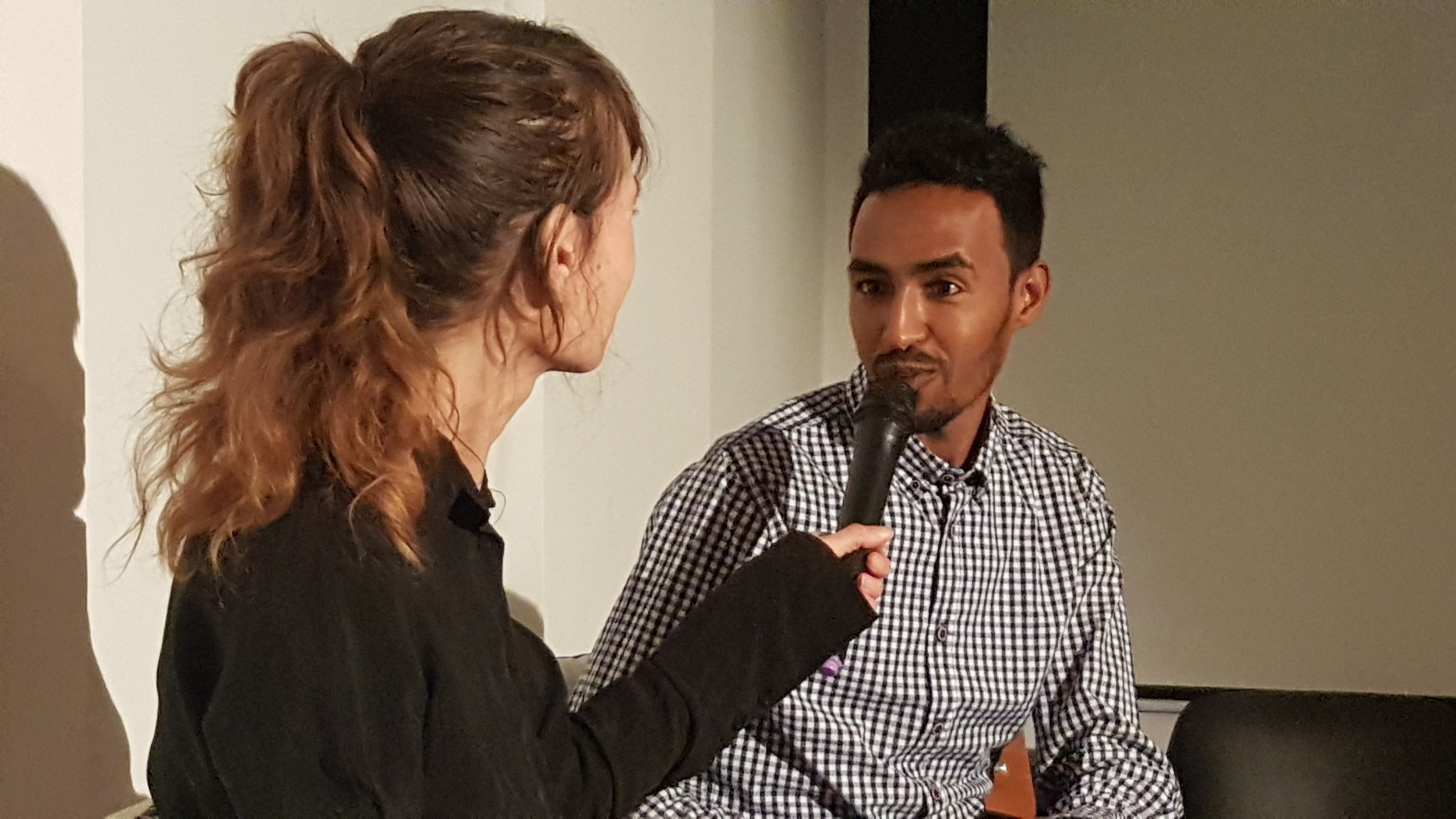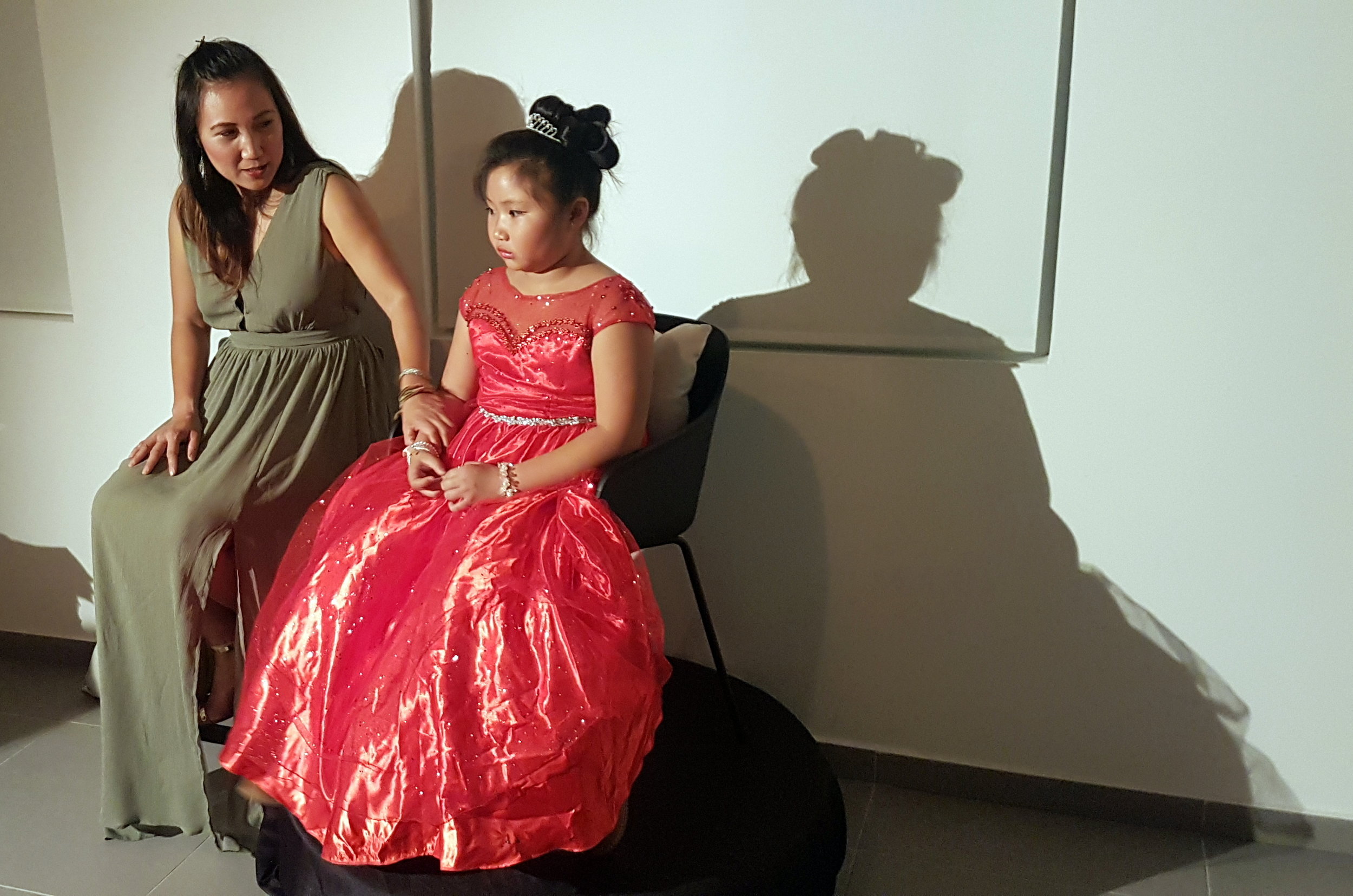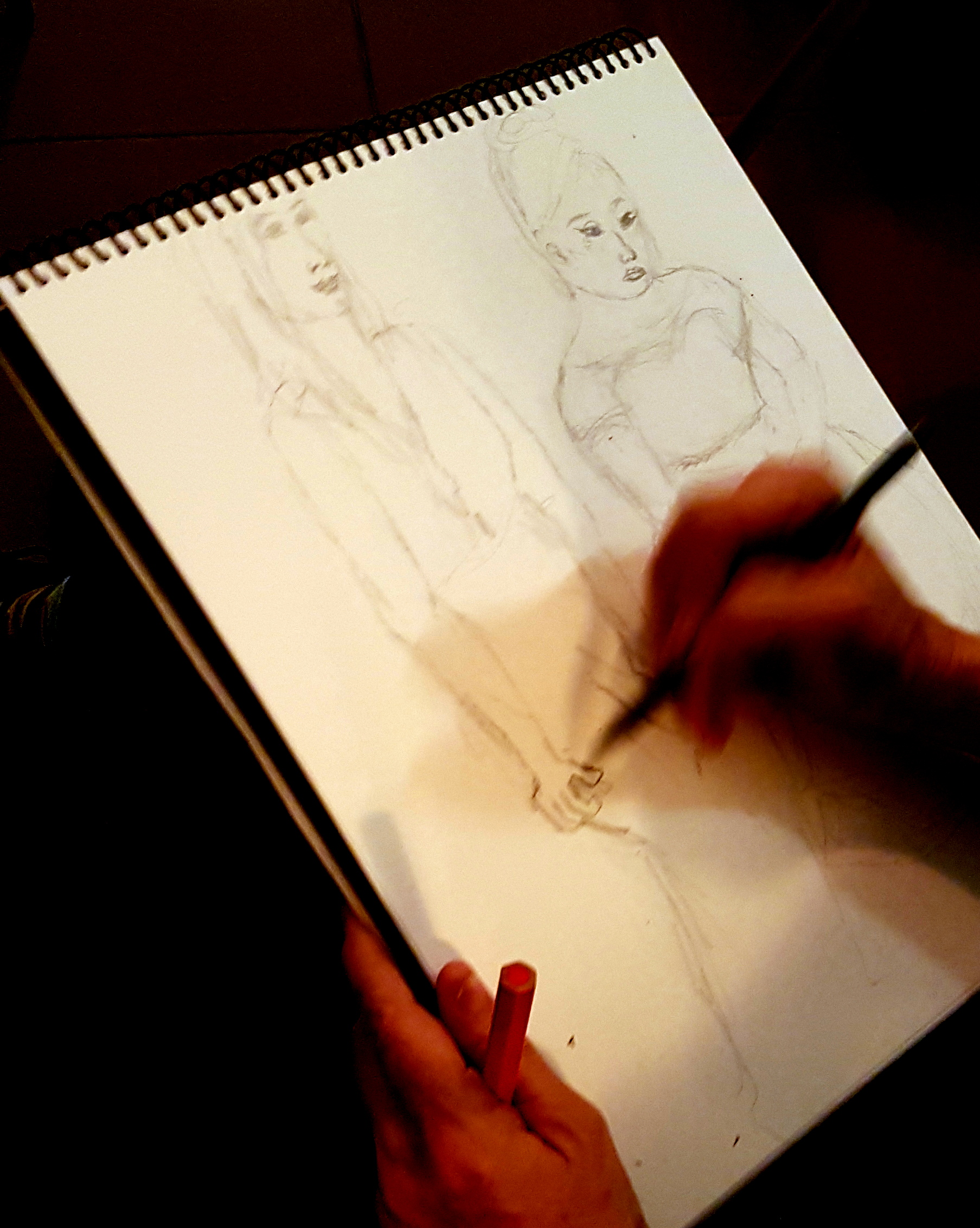Drawing Impressions
Drawing performance – a collaboration between the visual artist Shlomit Goldfinger and the performance artist Alit Kriez
Ever since the dawn of history, artists have been drawn to describe the human body and human expressions. Art models do not only provide a visual reference for the human body, but can also offer inspiration, acting as muses without which the artwork would not exist. Despite their significant role in the creative process, however, most models remain anonymous, unrecognized subjects, while the artists are recognized for the artwork that they inspired.
The performance Drawing Impressions sought to explore the relationship between model and artist, and to undermine the hierarchical system accepted in the art world. The goal was to examine what happened to the creative process when the model-muse was placed at the center of the stage, and when anonymity was forsaken in favor of exploring the interactive human connection between model and artist.
The models for this interactive drawing event were chosen from among residents of the Neve Sh’anan neighborhood in Tel Aviv, and had no prior experience in this field. They were chosen in advance by the artists, who subsequently met them and became acquainted with their life story. Those interested in drawing the models registered in advance for the event, and included both professional artists and curious audience members from the neighborhood or elsewhere.
In the course of the event, Alit Kriez asked the models questions about their world, while recordings of music that they had chosen in advance, were heard in the background, in an attempt to explore the impact of these additions on the drawing process.
The interaction between those who had chosen to draw and between the models, gradually blurred the line between the two groups, giving rise to themes such as reciprocity, connection, observation, and changing perspectives, which became the focal point of the event.
At the end of the work process, the performer facilitated a decision about what to do with the drawings: Should they be given to the models in order to complete the circle of interaction created with the participants? Should they remain in the possession of the artists? Should they be presented in the space as a visual record of the event?
The audience observing the event from outside (those who chose to watch without participating in the drawing process) witnessed the interactive social process between the artists and models, and explored various interpretations of initial impressions.







